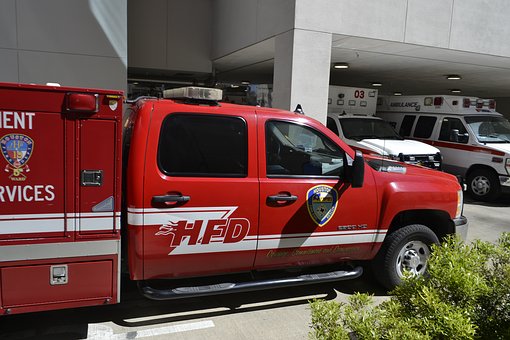If you’re not into communications technology, watching paint dry is way more exciting then talking about 911 and 911 policy -- that’s because you just expect 911 to work in the unlikely but critically important occasion when it’s needed. But lots of talking among many parties, from first responders to communications technology companies to civilians, have gone into formulating the policy decisions that have resulted in the dramatically improved 911 infrastructure and capabilities developed over the past 10 years, and well-publicized issues such as Kari’s Law have continued to help drive the relevant discussions forward. This is all good news.
Now, and through Dec. 10, 2018, we all have the opportunity to get involved ourselves by commenting on a proposed FCC rulemaking focused on the commission’s interest in securing more accurate and platform/vendor-neutral location-specific identification information provided to Public Safety Access Points (PSAPs) when 911 is dialed. In the proposed rulemaking, dispatchable location information must be provided when individuals call 911 not only from multiline telephone systems (MLTS) such as in use at hospitals, universities, and corporate campuses, but also from PBXs, Centrex, key telephone, IP, and hybrid systems.
A few words on history. Kari’s Law Act of 2017 is a federal law requiring that MLTS provide direct access 911 dialing and on-site notification systems, and Ray Baum’s Act requires the FCC to complete a proceeding to consider the adoption of rules that “ensure that the dispatchable location is conveyed with a 911 call, regardless of the technological platform used and including all calls from MLTS.” Under Kari’s Law, all MLTS installed, sold, operated, or managed must be configured to allow a user direct access to 911 without the need for dialing an extra digit, code, prefix, or suffix. In addition, under Kari’s Law, the system must notify a central location at the facility that an emergency call has been made. As rules currently stand, any MLTS manufactured, imported, offered for initial sale or lease, or installed after Feb. 16, 2020, must be compliant with these rules.
Too Much or Just Enough Information?
Is such specificity necessary? That depends on your perspective. But before we get to the question of perspective, consider this input from Steve Souder, former director for the Fairfax County, Va., Public Safety Center, and still very active participant in 911 policy and practice in Maryland, with an incredible 60 years of experience in the field. “With respect to 911 information, the singular most important piece is the ‘where.’ All of the other questions can be answered later, but the ‘where’ is the most important piece of information when the call comes in,” he said.
In January 2015, the FCC determined that all carriers should plan to deploy sophisticated location information based on both horizontal (X and Y coordinates) and vertical (Z coordinates) to identify a caller’s location. It specified that major nationwide wireless providers have their implementation plans ready within 18 months, with deployment to take place by 2021. In 2015, a 2021 deadline seemed a long way in the future, but not so much anymore. “The reality is that the [existing] rules have never required that the carriers provide a useful level of accuracy. In fact, the X and Y coordinates only represent the front door. It’s the Z coordinates that are even more essential and largely not mandated to be in place for some providers until 2021,” Souder said. “Further, the current rules require that by 2021 only 80% of calls made from each carrier must present the accurate location information. For the remaining 20%, the 2021 deadline still doesn’t help.”
With this deadline looming and at least some carriers taking their time (not totally their faults to be sure), and with the passage of both Kari’s Law and Ray Baum’s Act, the FCC has issued the aforementioned Notice of Proposed Rulemaking (NPRM) to clarify requirements on the detail and extent of location information the carriers must provide.










